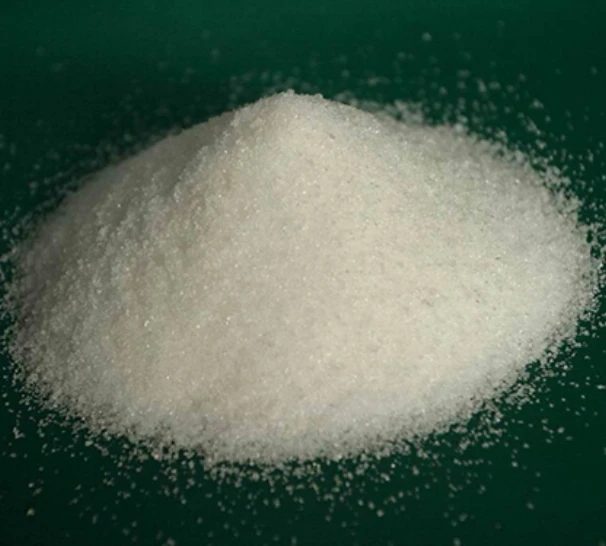types of flocculants in water treatment
Types of Flocculants in Water Treatment
Water treatment plays a crucial role in ensuring that drinking water is safe and clean. One of the most important processes in water treatment is the coagulation and flocculation process, which helps remove suspended solids, colloids, and impurities from water. Flocculants are chemical agents that facilitate this process, promoting the aggregation of particles to form larger flocs that can be easily removed from the water. This article will discuss the various types of flocculants used in water treatment and their mechanisms of action.
1. Natural Flocculants
Natural flocculants are derived from organic materials and are considered eco-friendly. Common sources include plant extracts, animal by-products, and even certain algae. Some of the most widely used natural flocculants are
- Starch Modified starches, such as cationic starch, are often used in the treatment of industrial wastewater. They are effective in reducing turbidity and have a low environmental impact. - Chitosan Derived from chitin, a component found in the exoskeletons of crustaceans, chitosan is a biodegradable and non-toxic flocculant. It has been shown to be effective in removing heavy metals and organic pollutants from water.
- Gelatin Used primarily in food industries, gelatin can also act as a flocculant in water treatment. Its ability to bind particles together makes it suitable for various applications.
Natural flocculants are preferred in situations where environmental considerations are paramount, such as in the treatment of drinking water.
2. Synthetic Flocculants
Synthetic flocculants are man-made chemical agents designed to enhance the flocculation process. They are generally more efficient than natural alternatives, especially in large-scale applications. The most common types of synthetic flocculants include
types of flocculants in water treatment

- Polyacrylamides These are the most widely used synthetic flocculants. They are available in anionic, cationic, and non-ionic forms, which makes them versatile for various water treatment applications. Polyacrylamides enhance the settling of solids by providing a network that traps particles.
- Polyaluminum Chloride (PAC) This inorganic polymer is widely used as a coagulant. It acts faster than traditional alum and is effective in a wide range of pH conditions. PAC can reduce turbidity and improve the overall quality of treated water.
- Ferric Chloride and Aluminum Sulfate These inorganic coagulants are effective in removing suspended solids from water. They work by neutralizing the charge of the particles, allowing them to agglomerate and settle out of the solution.
Synthetic flocculants offer advantages such as rapid action and high efficacy but can sometimes pose challenges such as residual chemical disposal and potential toxicity.
3. Bioflocculants
Emerging as a promising alternative in recent years, bioflocculants are produced by living organisms, primarily microbes. These biodegradable agents can effectively flocculate particles in wastewater treatment. An example of a bioflocculant is
- Bacterial Flocculants Certain strains of bacteria produce natural polymers that can aggregate particles. These bioflocculants are gaining attention for their potential use in various water treatment processes due to their environmental sustainability.
Conclusion
In summary, the choice of flocculant in water treatment largely depends on the specific requirements of the process, including the type of impurities present, regulatory considerations, and environmental impact. Natural flocculants offer eco-friendly options, while synthetic flocculants provide efficiency and cost-effectiveness. As technology advances, there is a growing interest in bioflocculants, potentially paving the way for more sustainable solutions in water treatment. Understanding the different types of flocculants can help water treatment facilities make informed decisions that prioritize both effectiveness and environmental responsibility.
-
The Power of Isothiazolinones in Modern ApplicationsNewsMay.08,2025
-
Flocculants in Water TreatmentNewsMay.08,2025
-
Flocculants and Chemical Solutions: What You Need to KnowNewsMay.08,2025
-
Flocculants and Chemical Solutions: A Growing IndustryNewsMay.08,2025
-
Essential Chemicals: Polymaleic Anhydride and MoreNewsMay.08,2025
-
Acrylic Polymers: Essential Solutions for IndustryNewsMay.08,2025





